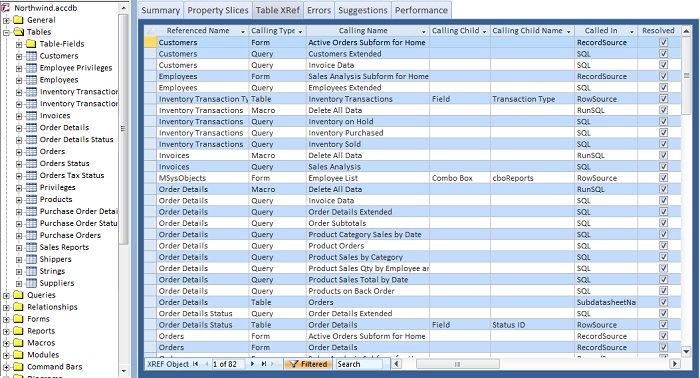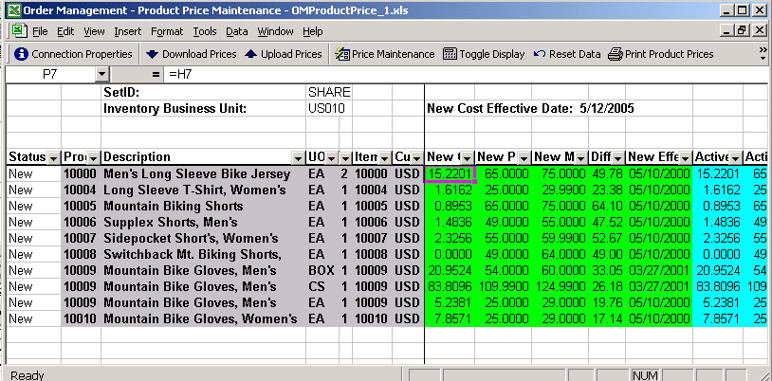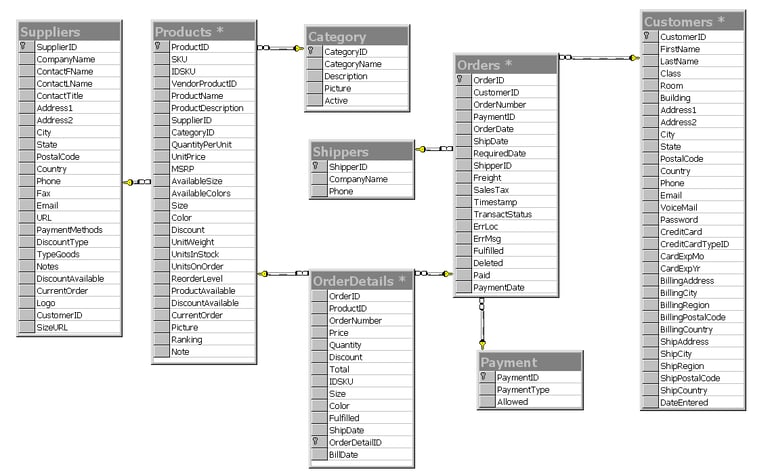How To Create A Centralized Database System

Table of Contents Your online store database is the main backbone of your business. It gathers together all the product information that will make all your internal and external communication processes, sales and distribution either a success... or a failure. How to create an optimized database is something every online business needs to learn, but we can help you in this phase by reviewing which software will make it easier for you to develop, maintain and enrich your product database. → This may interest you: Why you shouldn't use Excel to make your catalogs Less well known than its sibling software that we'll see below, Microsoft Access is a database management program that forms part of Microsoft Office. It is a very useful software for those companies that have a more complex structure, because it allows them to work with related databases and create business applications. In short, while other spreadsheets seem oriented to mathematicians or to be multifunctional, Access is a tool designed for business and will allow you to organize your database in a 100% professional, organized and safe way. The only drawback is that you will need enough technical knowledge to be able to make the best use of it and not get bogged down among tutorials and tables. Without a doubt this was the first top-ranking database. Excel spreadsheets made the lives of many companies easier by enabling them to move from paper to digital media. Instead of accumulating thousands of sheets and cards in filing cabinets, with Excel you could create gigantic tables occupying hardly any space, with the freedom to organize columns, rows and fields, from the simplest tables to the most complex templates. As in Microsoft Access, some expertise in Excel is required to make the database system efficient, so that you don't end up losing track of data and tables that may be difficult to locate among your various servers and folders. But times evolve, and so does the most effective method for creating databases for your online store. Let's see what that is. Spreadsheets are fine. But what happens when you lose one, duplicate another by mistake, or when you need to adapt them to meet product data standards for a marketplace like Amazon? Following Excel, the era of cloud automation is arriving, thanks to PIM (Product Information Management) software, like the Sales Layer PIM. A PIM is a centralized database where you can: Here's a basic example of a virtual store database created on a spreadsheet: → This may interest you: Types of Data Management tools Before opening Office, you need to analyze what your product catalog should look like, how you want to organize your product information, and where you're going to use your database. If your goal is to make a database for a virtual store, you'll need to think from the start about an accessible system that's easy to edit, update, and export. Whatever your choice may be, here are the 3 basic types of product databases to consider: Therefore, the essential components when creating your product database will be: → This may interest you: Tips for Catalog Management in distributed databases Before you open any particular program – and better on paper, whiteboard or iPad – note down what your main blocks of information are and what tables you will need for organizing them. Then sketch what each table will look like: what columns to include, if they will need to relate to other tables, what their eventual names will be... Depending on your business needs, you can also create tables for suppliers, distributors, shipping or parcel companies, inventory, payments, customer service feedback... → This may interest you: A guide to automating catalogs using a PIM You will need to organize your catalog according to: If you decide to stick with just a few spreadsheets, plan a secure system to easily locate them and keep multiple backups. If you opt for automation software that streamlines your editing and management of the database, such as a PIM, you can import your database in no time and always have it available in the cloud, ready to work with and connect to all the platforms you want. Organizing your product information into a centralized database is the most effective way to gain efficiency and agility in launching and maintaining an online store. Here's how the Sales Layer PIM works for you: Final thoughts We invite you to test the database system of the future without further delay: try a free 30-day demo of Sales Layer's PIM and transform your spreadsheets by the fastest and most complete method – whether you're an expert in code or an e-commerce beginner.
Software for creating a database for your store
Access

Excel

PIM

Example of an online store database

Designing a database for your virtual store: the essential components
Step by step guide to creating a database for your online store
Design your database
Treat each data table separately
Define your database structure
Store and organize your database in an efficient system
Centralizing and distributing information

How To Create A Centralized Database System
Source: https://blog.saleslayer.com/how-to-create-and-optimize-a-product-database-for-your-store
Posted by: fostersagoonger.blogspot.com

0 Response to "How To Create A Centralized Database System"
Post a Comment